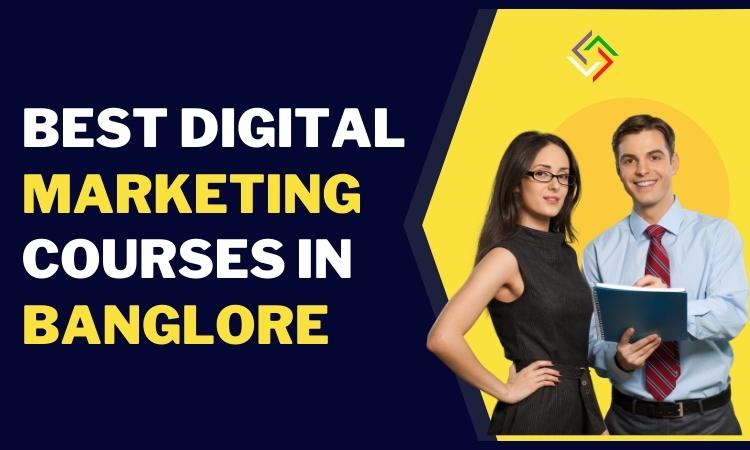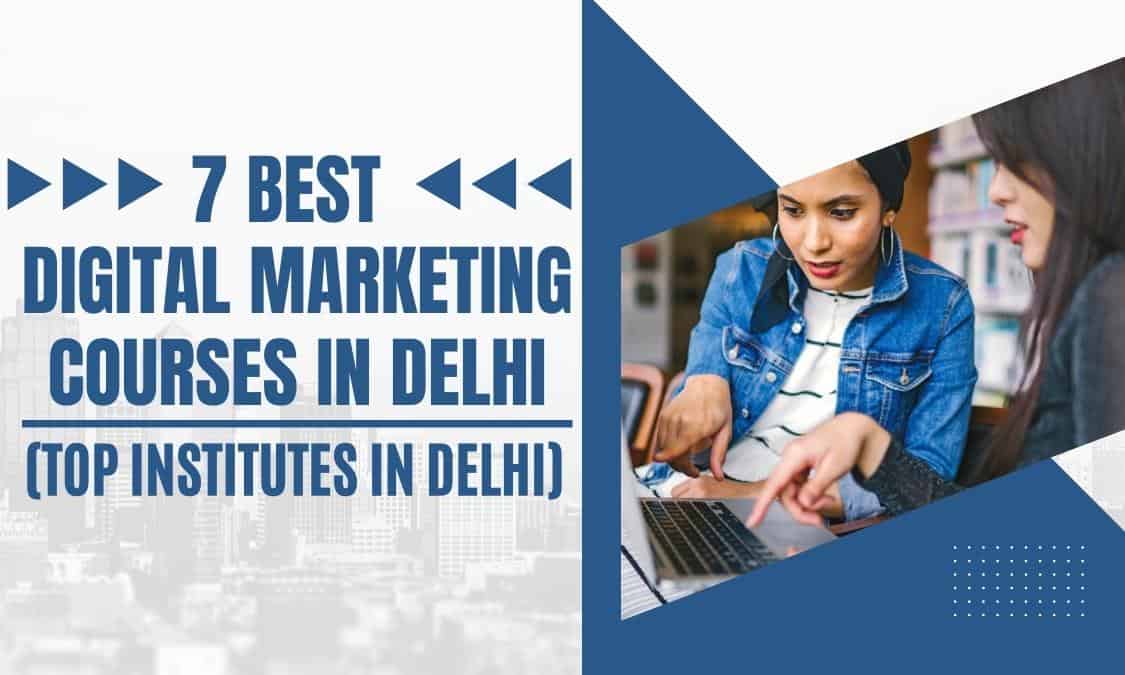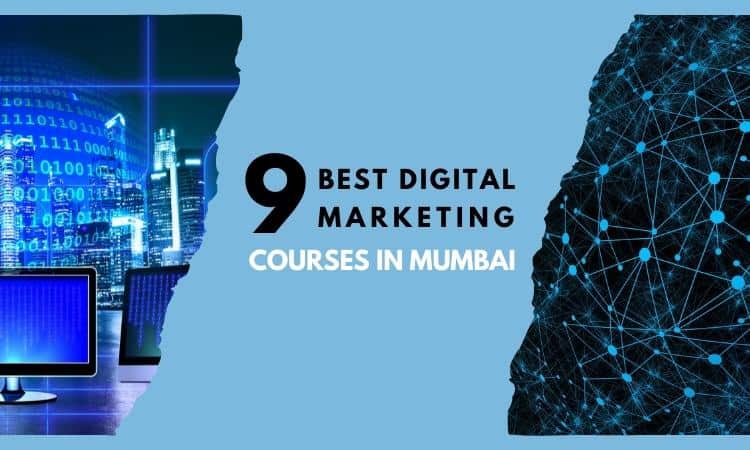American billionaire and entrepreneur Peter F. Drucker says: “The aim of marketing is to know and understand the customer so well the product or service fits them and sells itself.” He further says: “Marketing is not a function. It is the whole business seen from a customer’s point of view.”
The above two axioms sum up the entire purpose of marketing. And they’re relevant to traditional marketing as well as digital marketing.
Despite these similarities, there are several inherent differences between traditional marketing and digital marketing. However, the objectives of both are to market an individual, brand, company or even ideology to the largest number of people.
Therefore, let’s look at some of the major differences between traditional marketing and digital marketing.
Traditional Marketing v/s Digital Marketing
Usually, large corporations deploy both traditional marketing as well as digital marketing for maximum impact. Depending on your needs and type of business, you can opt for traditional marketing, digital marketing or both.
Here’re the major differences between traditional marketing and digital marketing.
Traditional Marketing Channels v/s Digital Marketing Channels
Traditional marketing is possible through multiple channels and hence has a much wider reach. These channels include:
- Handbills and leaflets distributed by persons, inserted in newspapers, dropped by aircraft, given away from vehicles or kept at kiosks, stores, and other physical locations.
- Printed advertisements on tickets, ATM receipts, table mats and coasters at restaurants, carry bags given free or sold at supermarkets, cigarette lighters and matchboxes.
- Advertisements in newspapers
- Commercials on TV channels
- Jingles on radio stations
- Street-side hoardings, posters, and banners
- Digital displays at public places
- Plates with ads on shopping caddies and other items for public use
- Paintings on buildings, compound walls, public toilets, and other similar places
- Wraps on vehicles such as trains, buses, and cars
- Door-to-door visits by marketers
- Marketing executives at offices
There are several other channels for traditional marketing.
In stark contrast, digital marketing is done through only one channel.
- The Internet
Of course, there are several resources on the Internet that you can choose for digital marketing.
- Blogs
- Social Media such as Facebook and Twitter
- Instant messengers WhatsApp and Facebook Messenger, among others
- Video sharing on YouTube, Vimeo, and other platforms
- Photo and videos on Pinterest, Instagram, and similar resources
- Business websites
- Android and iOS apps for smartphones
All these resources for digital marketing use a single medium- The Internet.
There are diverse resources for traditional marketing.
Cost of Traditional Marketing v/s Digital Marketing
Traditional marketing in India costs phenomenally high. Let’s look at some examples.
- Handbills: Rs.1,000 for 2,000 copies
- Printed ads on tickets, ATM receipts, and others: Depends upon organisation and material.
- Advertisements on newspapers: Minimum Rs.100,000 per single full, page, all-color ad.
- Commercials on TV channels: Rs.150,000 and onwards per ad, depending on the channel, prime time and other factors.
- Radio jingles: Rs.250,000 per month on local FM radio stations for 1,000 ads.
- Street-side hoardings, posters, banners: Between Rs.10,000 and Rs.500,000 each
- Digital displays at public places: Prices depend on advertising agencies and location
- Paintings on buildings, compound walls and other places: Minimum Rs.25,000
- Wraps on vehicles, cars, and buses: Anything between Rs.30,000 to Rs.10 million
- Door-to-door visits by marketers: Salary plus allowances about Rs.25,000 per person
- Marketing executives at offices: Rs.25,000 per month and onwards
Digital marketing costs in India cost abysmally low. Here’re some examples.
- Facebook advertising (social media marketing): Rs.40 to Rs.100 per day.
- Posts on Facebook, Twitter, Instagram: Free of cost or Rs.400 for Facebook ‘Boost’
- WhatsApp, Facebook Messenger: Free of cost or depending upon the number of ads
- Salary of digital marketing executive with media two years of experience: Rs.30,000
Please note, the figures I’m mentioning are purely indicative. They can differ according to your needs and changes in pricing policies by these companies.
Unidirectional v/s Bidirectional
Traditional marketing is usually unidirectional or one way. Except in situations where marketing executives interact with customers.
Obviously, nobody can ask questions to a leaflet, newspaper, TV, radio or street-side posters. This means, a customer only gets a message about your organisation, brand or service offerings.
To find more details, they’ve to call the company or visit an office or store where the product is available. At best, they can call your business or write a letter or email.
Consequently, traditional marketing only generates an interest that doesn’t necessarily convert as a business.
Digital marketing is bidirectional and multidirectional. It means a customer can interact almost instantly with your business through multiple channels such as responses on Twitter messages or Tweets, comments on social media or chat, email and instant messengers.
Multidirectional means, a client or prospect can chat and interact with different persons within a business simultaneously. It enables a prospect to ask questions to various departments at the same time.
As a result, there are excellent chances that a person that reads a blog or visits a website, subscribes your social media pages or is connected on instant messengers, will convert as the customer.
Difference in Point of Sales
Conventional marketing means your business will have to specify which outlets your product or service would be available.
Meaning, you’ll have to identify distributors and retailers and provide their contact details on conventional marketing advertisement. Therefore, the chances of interested parties converting as customers can be low. Especially when the point of sale is at a distance.
Digital marketing effectively overcomes this handicap. Through local Search Engine Optimisation, you can effectively show an interested entity the nearest place to buy your product or service. This is possible through free resources such as Google Maps.
Additionally, you can also provide online sales channels through your business website, Facebook Marketplace and Facebook Business, among others.
Speed of Marketing Campaigns
Launching a conventional or traditional marketing campaign takes a long time. You’ll need graphic designers and others to prepare proper advertisements. Next is booking slots on newspapers, TV, and radio or waiting for billboards to be available for street-side marketing.
This entire exercise requires lots of time and planning. Even a small error or mistake can jeopardise your conventional marketing campaign. Turnaround time for conventional marketing tends to be as high as 15 days to two months.
Now let’s look at digital marketing. You can launch an ad campaign almost within minutes. They’re free and paid resources available to start an instant digital marketing campaign. And if there’re errors or mistakes, turnaround time is just a few minutes.
Differences in Manpower Requirement
Conventional marketing requires lots of manpower. You’ll have to enlist services of visualizers, graphic designers, ad agencies, marketing executives and many more people.
This makes work tardy as well as expensive. Not to mention the high cost you’ll bear for hiring people on a freelance basis or outsourcing services.
Digital marketing doesn’t require much manpower. A single digital marketing professional is enough to launch a successful marketing campaign and get your company where it wants to be.
There’re several free and paid resources a good digital marketer will deploy to create those fantastic, customer winning marketing campaigns. And even if you’ve to pay for a few resources, the cost would be very affordable and definitely much lesser than what you’ll spend on conventional marketing.
Measuring Results of Marketing
There’re no known techniques to gauge the impact of your conventional or traditional marketing campaigns. That too after spending a considerable amount of money. You can only guess how many people will have seen your traditional marketing ads or campaigns.
For example, the average readership of any newspaper in India is estimated at five persons per copy. That means, it is assumed that five persons of a household or office would read a single copy of a newspaper. The same holds true for TV and radio. There are all estimates and not proven figures.
On the other hand, the results of a digital marketing campaign are measurable. You can easily find various metrics such as how many people viewed your ads and became customers.
Analyzing data from a website or social media platform enables you to know where the traffic or readers to your website are located. This makes it easy to find cost-per-conversion rates. This means you will know how much does it cost to attract a customer to your company.
Affiliate Marketing
Affiliate marketing means selling products and services on behalf of other parties. This is possible only online and by using digital marketing.
Do you know, Giant corporations such as Amazon have affiliate marketing programs from which you can make money by joining free. You can offer affiliate marketing for your business and expand it through bloggers and other website owners.
Traditional marketing doesn’t enable efficient affiliate marketing. Technically, you can launch affiliate marketing.
However, it would involve hiring people to go from door to door and market your company or brand. This is not only a colossal task but also, you won’t find any takers.
Global Reach
Giant corporations do traditional marketing worldwide. They can afford it because it’s extremely affordable. This isn’t possible for small, upcoming and medium-sized businesses.
You may have a product or service for the global market but not have a budget to advertise on CNN, BBC and other international TV channels on news media. And putting billboard around the world is impossible even for a Fortune listed company.
Here, digital marketing provides the best solution. You can reach the global marketplace by doing the correct digital marketing processes on your website, social media pages, blog, YouTube channel and other platforms. All this can be done at almost negligible costs compared over what you’d pay for conventional or traditional marketing.
Mobile Marketing
Traditional marketing doesn’t reach people through their mobile phones. And mobile phones are the largest drivers of Ecommerce.
Majority of people around the world spend about 60 to 90 percent of their online time on smartphones. Traditional marketing doesn’t enable you to reach this large audience.
At the same time, digital marketing works through apps and websites to deliver excellent content to smartphone users connected to the Internet.
Hence, digital marketing can be deployed to deliver content even when your target audience is commuting or traveling. Furthermore, digital marketing empowers the customer. It enables them to select what they wish to view on their mobiles and computers.
In fact, many small and big businesses are going digital and they even started implementing mobile marketing to their business for getting a wider reach and more successful.
Final Thoughts
There are several more differences between traditional marketing and digital marketing. For example, digital marketing helps businesses engage in damage control and troubleshooting, should they face flak due to any poor product or service.
Traditional marketing doesn’t afford this luxury and hence, adverse publicity can destroy an otherwise excellent brand. Though there’s a vast difference in traditional marketing and digital marketing, both are equally essential for every business.
Understandably, digital marketing is here to stay and flourish. At the same time, conventional or traditional marketing is expected to evolve and undergo a paradigm shift.






